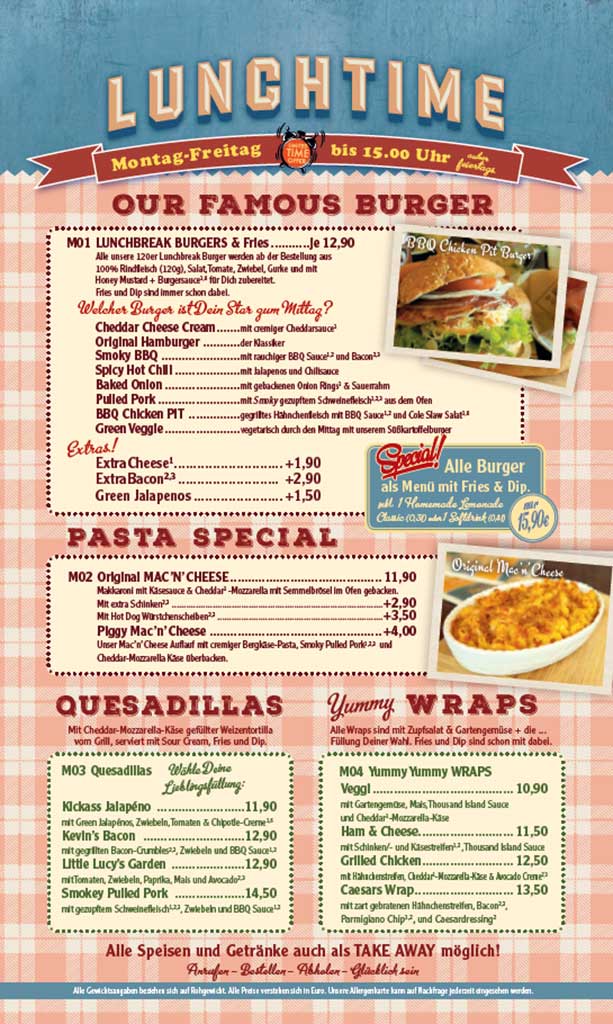The Importance of Lunchtime
Lunchtime is more than just a meal; it’s a crucial part of daily life for millions of South Africans. As the mid-day break in a busy work schedule, it serves not only to refuel the body but also to provide a time for relaxation and social interaction among colleagues or friends. In recent times, the importance of lunchtime has only grown, with various trends shaping what people eat, where they eat, and how they view this mid-day meal.
Current Lunchtime Trends
As of late 2023, South Africa’s dining landscape is witnessing a significant shift in lunchtime preferences. The rise of health consciousness among South Africans has led to an increased demand for nutritious meal options. According to recent surveys, over 62% of respondents prefer healthier choices at lunchtime, opting for salads, wraps, and protein-rich dishes over traditional heavy meals.
Furthermore, the COVID-19 pandemic has catalyzed changes in lunchtime habits, with many workers continuing to embrace flexible work arrangements. This shift has expanded the boundaries of where lunch is consumed, with many individuals choosing to work from home or remote locations. A report by Statistics South Africa indicates that 33% of workers now enjoy lunchtime at home, digging into home-cooked meals or takeout from local eateries.
The Rise of Plant-Based Options
Interestingly, plant-based diets are gaining traction at lunchtime as well. Major restaurant chains have responded to this trend by diversifying their menus to include vegan and vegetarian choices. A study published by NPD Group showed that 25% of South African consumers are now incorporating plant-based meals into their lunchtime routines. This aligns with global dietary trends as people become more aware of the environmental impact of their food choices.
Technology and Lunch Delivery Services
Technology also plays a substantial role in shaping lunchtime practices today. Meal delivery apps such as Uber Eats and Mr D Food have made it increasingly convenient for individuals to order food. Data shows that the online food delivery market in South Africa has experienced a 40% increase since 2020, with lunchtime orders being a significant contributor to this growth.
Conclusion
The trends surrounding lunchtime in South Africa are indicative of larger sociocultural shifts regarding food, health, and work-life balance. As consumer preferences evolve towards healthier and more convenient options, restaurants and food providers will need to adapt to meet these demands. The future of lunchtime looks promising, with increasing culinary diversity and a commitment to health and sustainability shaping how South Africans will break bread during their mid-day pause.


